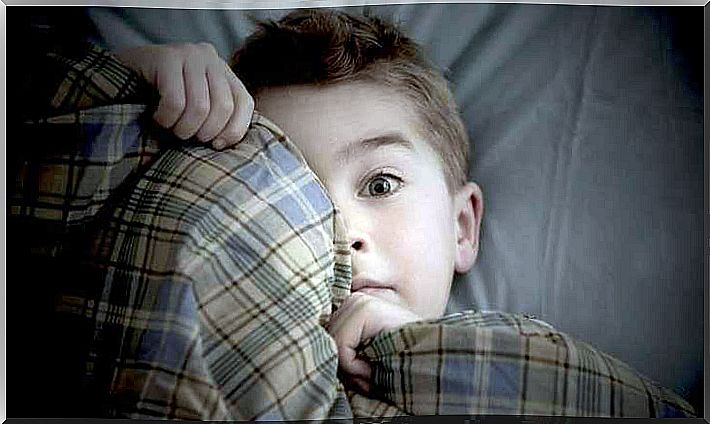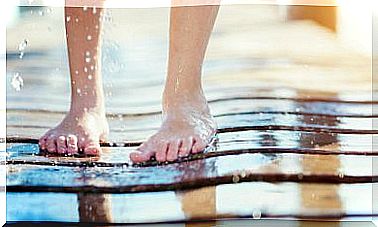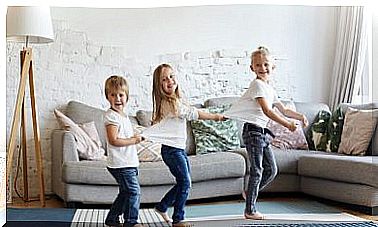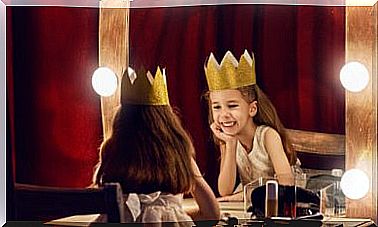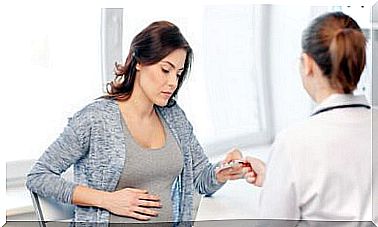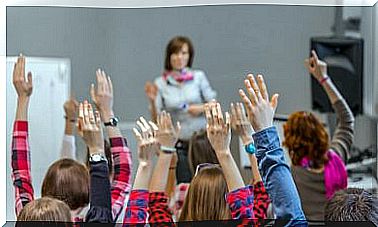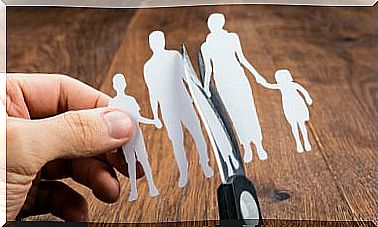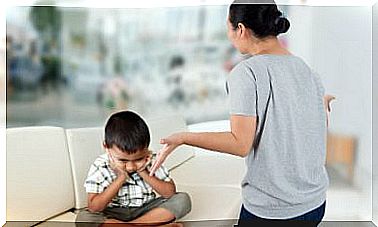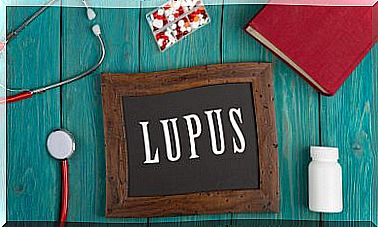My Child Does Not Sleep Well, Does He Have Night Terrors Or Nightmares?
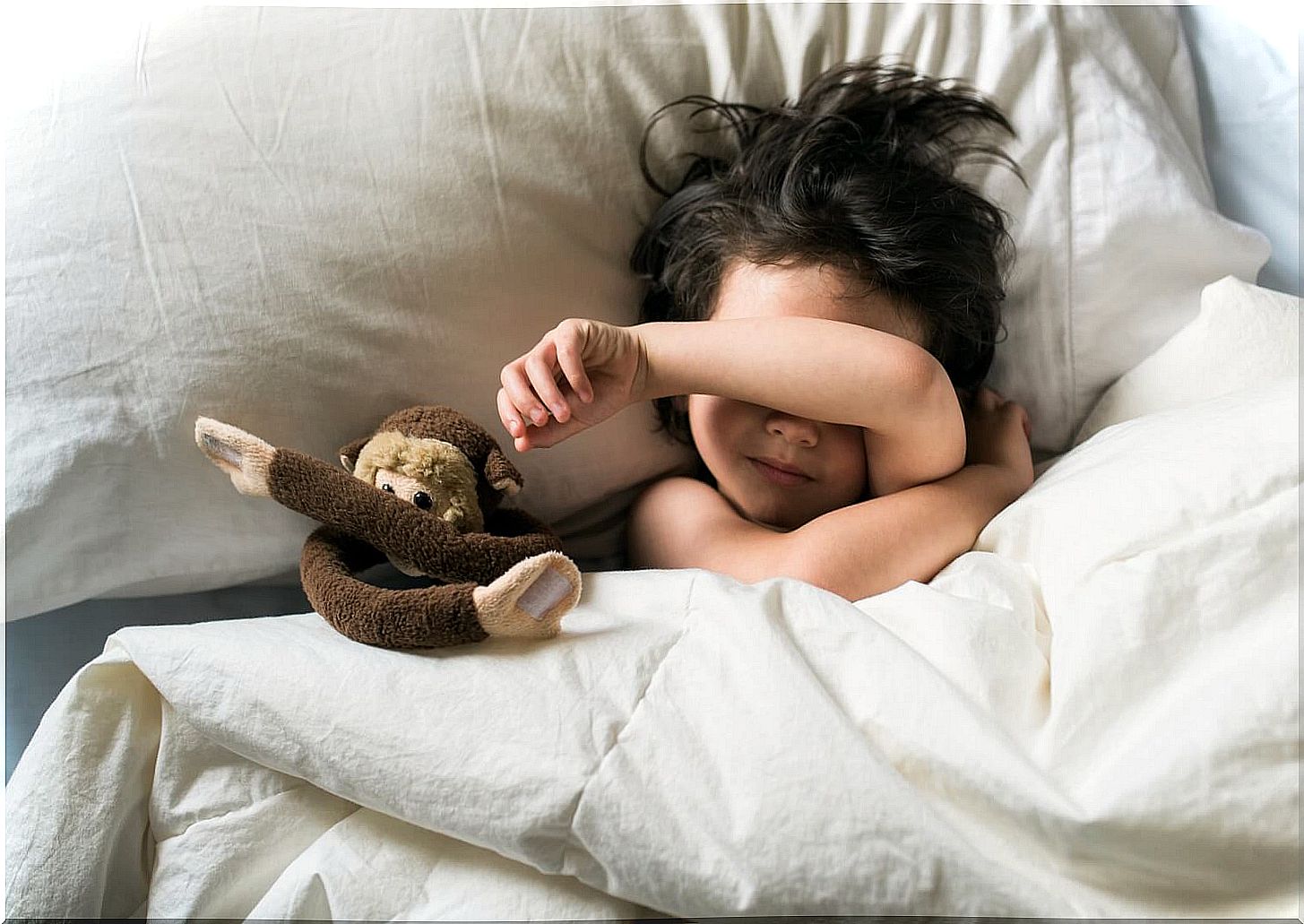
Does your child sleep badly at night and you don’t know why? Do you wake up screaming or do you not wake up but get out of bed and it seems like you are living a nightmare? During sleep, both adults and children go through different phases and there may be nightmares or night terrors. But how do they differ from each other? It is important to differentiate them so that you know how to treat them when they happen.
Night terrors are mysterious, they are inexplicable disorders that occur when your child is in a deep sleep but not dreaming well. This happens when your child suddenly starts crying or even gets out of bed. There may be a possibility that your eyes are open and that you appear to be awake but are actually asleep (you are not able to be aware of what is going on around you).
Night terrors are not very common and only occur in a low percentage in childhood, only in 3-6% of children worldwide. Although some may also have them around 18 months after birth, most of them begin to experience these nocturnal problems around the age of 4 or 5, becoming a family problem if they are frequent.
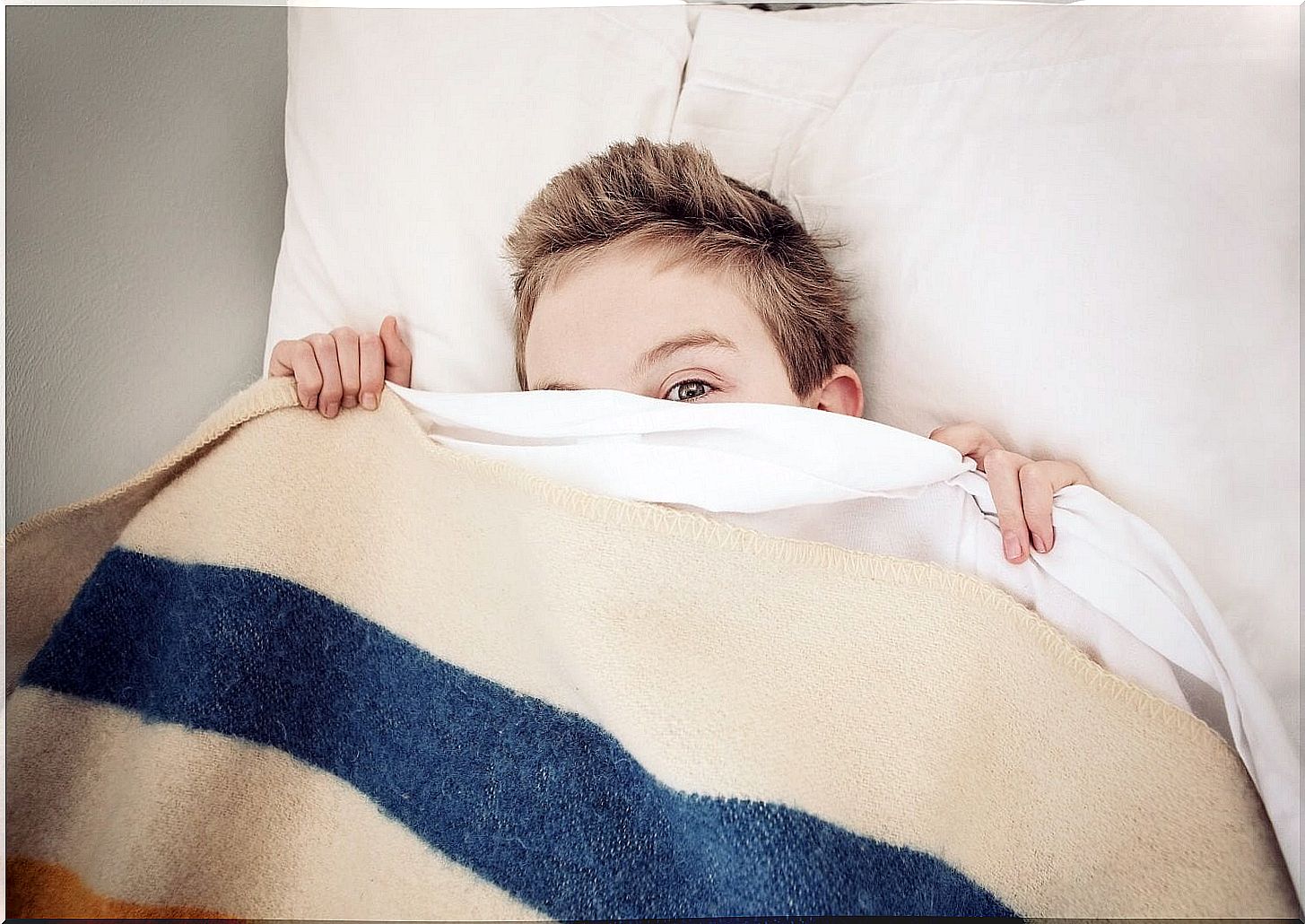
Differentiate if they are night terrors or nightmares
Although they may seem like night terrors, in many cases they are just nightmares. The two are actually quite different sleep problems. Nightmares occur during rapid eye movement or REM sleep, which is also when the child is dreaming.
If your child has a nightmare, he will most likely remember exactly what he dreamed about and what scared him (when he learns to speak and can communicate it to you, of course).
Night terrors, on the other hand, occur outside of REM sleep. A child may experience night terrors when they are in a transitional phase of sleep, lasting seconds or several minutes. Because non-REM sleep is the deep stage of sleep, your child will not be aware of what is happening and will not remember any images or sensations the next morning because they are not in the sleep phase.
What are the causes and symptoms of night terrors in young children?
Causes of night terrors
Your child’s night terrors can be caused by a number of different causes, some of which include:
- Being sick or having a fever
- Stressful life events
- Not sleeping well or having a lack of sleep
- Anesthesia given for a recent surgery
- Medicines that may have effects on the brain or central nervous system
Signs of night terrors
Night terrors are more common in preschool-age children. You can see that they usually occur during the deepest part of your child’s sleep, usually sometime near the beginning of the night. You can tell that your child is going through night terrors if you pay attention to the different signs:
- Uncontrollable crying
- Hit, scream or kick
- Has a stunned expression
- It seems to fight
- You are shaking, sweating, or breathing rapidly
- He does not recognize you even if his eyes are open

Night terrors can last several minutes, but longer episodes can even last 45 minutes, although this is rare. It is also likely that after the night terror your child will go back to sleep peacefully and when he wakes up in the morning, he will not remember anything of what has happened. On the other hand, with a nightmare you will remember the disturbing dream and it will most likely cost you to go back to sleep for fear of nightmares.
In the case of nightmares, it is necessary for your child to feel that you are by his side and that it was all a dream, that it has already passed. As for night terrors, it is important that you go to his help but without wanting to wake him up and above all, removing the things that may hinder his movements to avoid hurting himself in the night terror episode.
